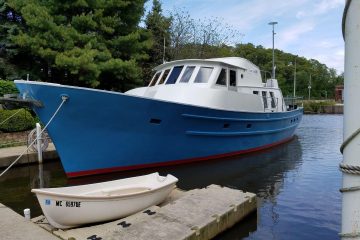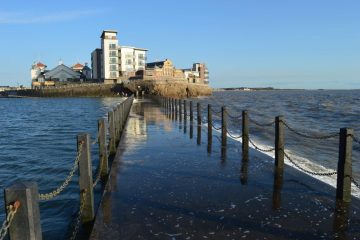Exploring San Marino: Europe’s Hidden Gem

Introduction
San Marino, one of the world’s smallest and oldest republics, is a landlocked microstate surrounded by Italy. With a unique history that dates back to the early 4th century, San Marino offers a rich cultural tapestry and stunning landscapes, making it an intriguing destination for travellers and history enthusiasts alike. Its political independence, remarkable architecture, and beautiful vistas contribute to its significance as both a tourist attraction and a sovereign state in Europe.
Historical Significance
Founded in 301 AD by St. Marinus, San Marino has managed to maintain its independence through centuries of conflict and political upheaval. It is often regarded as the world’s oldest surviving republic. Throughout its history, San Marino has preserved its institutions, and its constitution, established in 1600, remains one of the oldest written constitutions in the world. The Republic’s resilience and commitment to neutrality, especially during World War II, have further cemented its status as a symbol of democracy.
Tourism and Modern Relevance
In recent years, San Marino has seen a steady increase in tourism, benefitting from its proximity to Italy. Tourists flock to its historical sites such as the Guaita, Cesta, and Montale towers, which provide panoramic views of the surrounding landscapes. The capital city, also named San Marino, is characterised by medieval structures, cobblestone streets, and charming shops. Recent events have aimed to promote tourism, and the government has initiated projects to improve visitor experiences, including modernising transport and enhancing cultural offerings.
Economic Context
San Marino’s economy is primarily based on tourism, industries such as ceramics and textiles, and banking services. The government has introduced various incentives to attract foreign investment, while high levels of banking confidentiality have drawn scrutiny in recent years. As the microstate navigates the challenges posed by global economic conditions, it focuses on balancing modernization while retaining its heritage and traditional practices.
Conclusion
San Marino stands as a testament to resilience, boasting a unique blend of history, culture, and natural beauty. The republic’s commitment to preserving its sovereignty while adapting to modern challenges makes it a fascinating study of endurance and innovation in the face of change. As it continues to evolve, San Marino presents both a rich heritage for visitors to explore and a potential for economic growth through sustainable tourism and investments. For those seeking an off-the-beaten-path destination in Europe, San Marino remains a hidden gem worth discovering.








